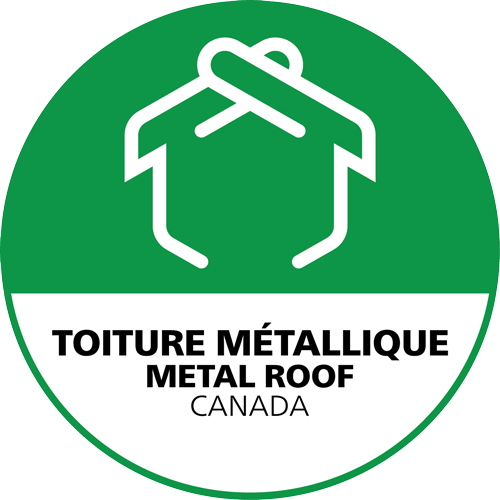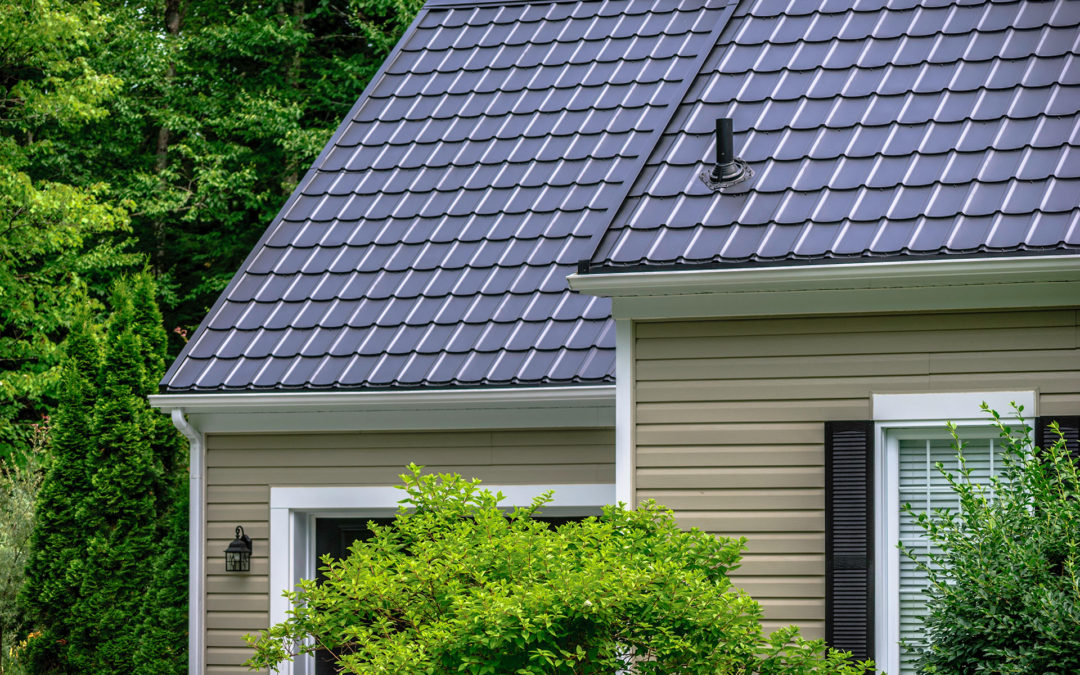If you’re in Canada and you look out your window in a typical neighbourhood, you will notice asphalt shingle roofs as far as the eye can see. The overall the Almighty Shingle dominates the marketplace. And this is a shame, because it is a pretty wasteful roofing material that causes a lot of unnecessary cost and headaches.
In Sydney, suburbs look completely different than ours. Every single roof is an attractive geometric expanse of detailed steel panels, often in bold colors. The Australians save a lot of energy, and their roofs last forever as well.
Benefits of a Metal Roof
General Awesomeness and Durability: The biggest reason to choose metal is that it looks great and lasts forever. On top of that, it is more resistant to wind, fire, snow, hail, and rain. You actually get a discount on your annual insurance premiums in many areas if you have a metal instead of shingle roof.
Even in shingle-dominated areas, you’ll often see higher-end houses popping up with metal roofing. Once you do it, you’re done thinking about roofing forever. If you buy a house with a metal roof, these benefits pass on to you. This means the style has excellent resale value.
But note that all metal is not created equal. The rusty corrugated stuff that you see on old barns and chicken coops is in a different category than the architectural standing seam panels we use today. While even a corrugated steel roof can work well, the modern stuff is better in almost every way.
Weight and Environmental Impact: your typical 2000 square foot shingle roof weighs 5400 pounds and contains over 200 gallons of sticky black crude oil, soaked into its fiberglass mat and covered with ground stones. After only 15-25 years, all of this will need to be torn off, trucked away, and replaced with another layer of oil.
In contrast, a metal roof of equivalent size weighs only half as much (meaning you can design with lighter structural members), and requires less than half the fossil fuels to produce. On top of that, new steel is made from 50-100% recycled steel these days and is fully recyclable at the end of its life, which will be 200-300% longer than the life of shingles.
Lower Air Conditioning Bills: Shingles reflect only 5-25% of the solar heat striking your roof. Steel can reflect 20-60% of it, depending on color. This keeps your attic (and in turn your house) much cooler, and also reduces the urban heat island effect and smog formation. In areas like Dallas and Houston where there is too much heat and too little fresh air, shingle roofs still dominate and the average cooling bill for a single house is over $1200 per year. Imagine the effect of a widespread switch to light colored metal roofs in areas like these.

